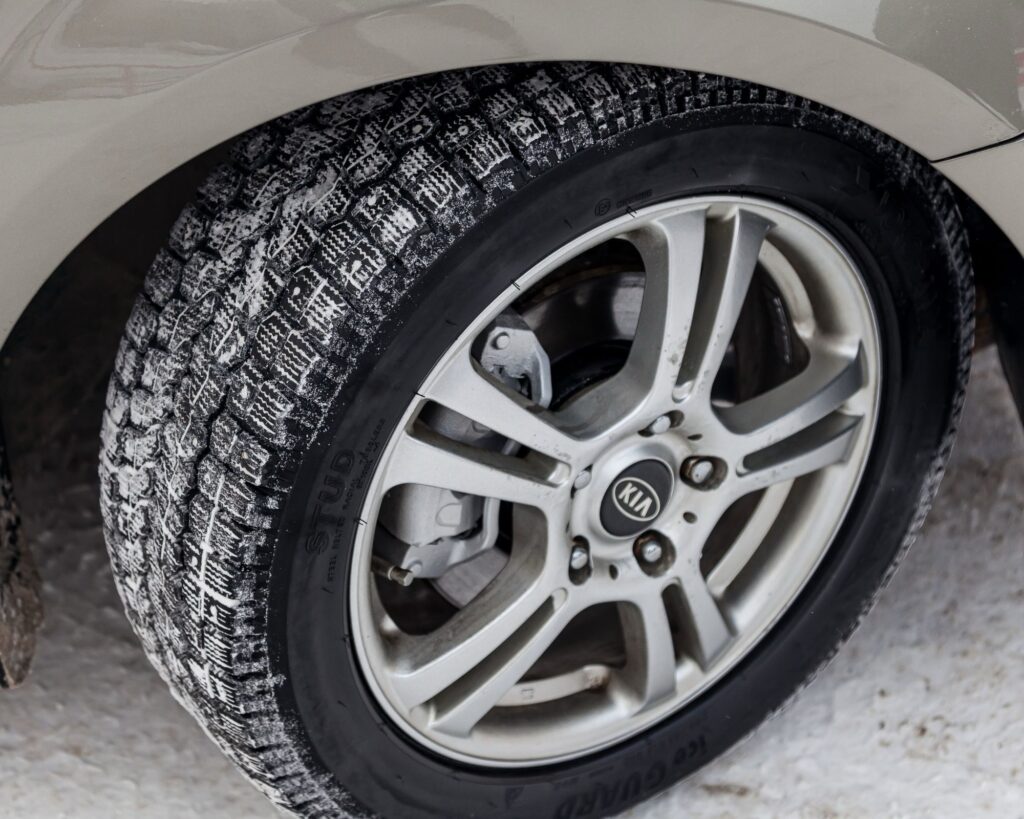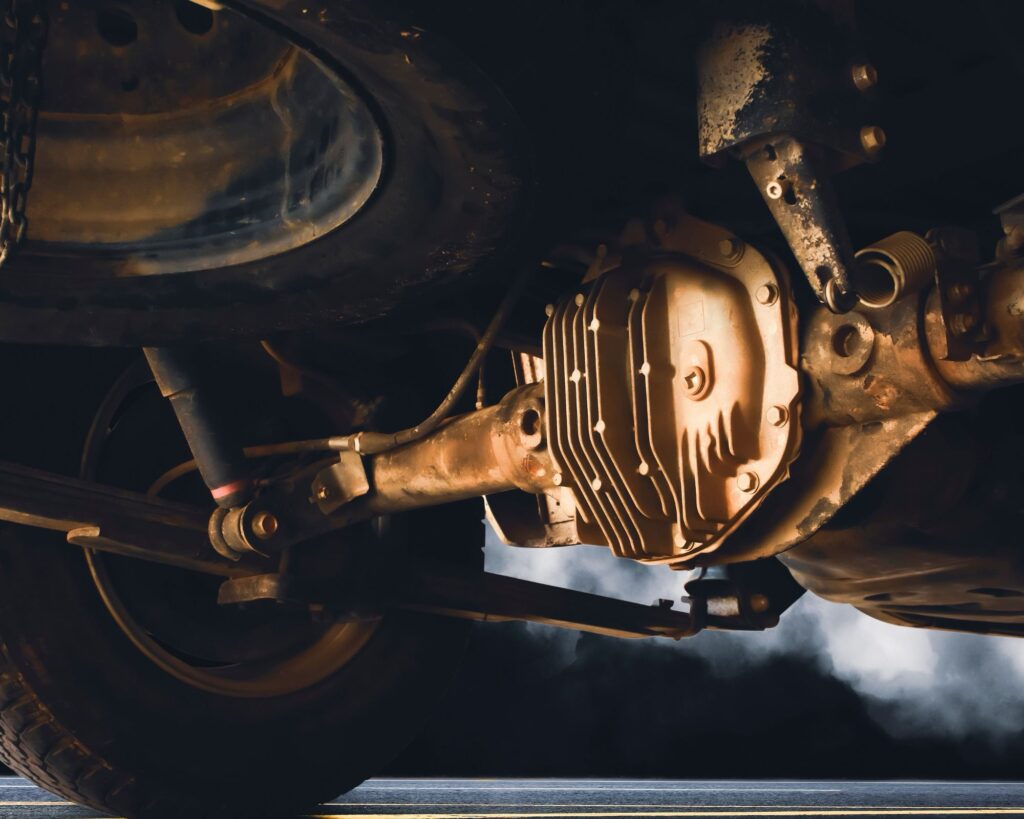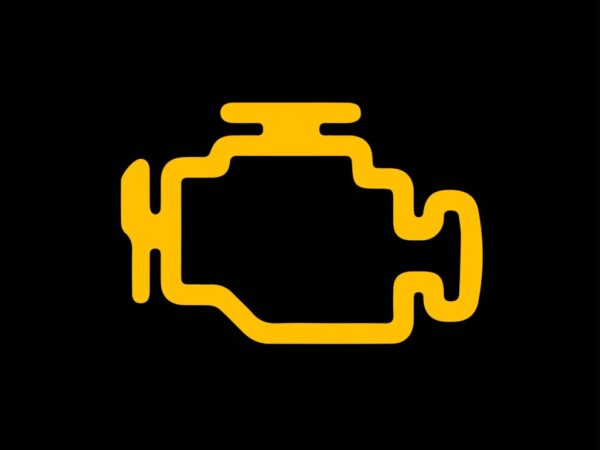Navigating the roadways, whether it’s the daily grind to the office or an adventurous trek off the beaten path, demands more than just a keen sense of direction. It requires understanding the heart and soul of your vehicle—its drivetrain. As a guy who prides himself on not just driving but truly understanding my ride, I’ve come to appreciate the nuances between Front-Wheel Drive (FWD), Rear-Wheel Drive (RWD), Four-Wheel Drive (4×4), and All-Wheel Drive (AWD). Each system offers its unique flavor to the driving experience, influencing everything from handling and fuel efficiency to how well you’ll tackle a snow-covered hill.
In my journey from the bustling city streets to the unpredictable terrains of nature, I’ve learned that the choice of drivetrain can significantly impact the vehicle’s performance and my satisfaction as a driver. FWD offers that fuel-sipping efficiency crucial for my urban commutes, while the thrill of RWD’s power distribution is undeniable on open roads. And when adventure calls, the robust capabilities of 4×4 and AWD systems ensure no path is off-limits. Let’s gear up and dive into the world of drivetrains, where every choice brings a different adventure.

What’s the Deal with Front-Wheel Drive (FWD)?
When it comes to navigating the concrete jungle and ensuring I’m getting the most bang for my buck on fuel, Front-Wheel Drive (FWD) systems have often been my go-to. The mechanics are straightforward: power from the engine is directed to the front wheels, propelling the car forward. This setup not only tends to be more fuel-efficient but also offers better traction in wet conditions, thanks to the engine’s weight being over the driving wheels.
However, it’s not all smooth cruising with FWD. While it’s exceptional for daily commutes and city driving, I’ve noticed its limitations when I’m looking for that extra edge in performance driving. The front wheels being responsible for both steering and power can lead to understeer in tight corners at high speeds, which, frankly, takes some of the fun out of the drive.
Yet, for guys like me, who balance the need for practicality with the occasional burst of speed, FWD vehicles strike a reasonable compromise. They offer reliability and efficiency for the everyday while still providing a measure of control and responsiveness when the roads open up and the traffic thins.

Is Rear-Wheel Drive (RWD) Worth the Hype?
Switching gears to Rear-Wheel Drive (RWD), this drivetrain brings a whole different dynamic to the driving experience. As someone who appreciates a vehicle that feels as good as it looks, RWD has been my preference for those weekend joyrides or whenever I crave that extra level of performance. With power sent exclusively to the rear wheels, RWD vehicles offer a more balanced distribution of weight across the car, enhancing handling and acceleration in a way that FWD simply can’t match.
The thrill of driving a RWD car is undeniable, especially when it comes to cornering. The ability to steer with the front wheels while the rear wheels push the car forward allows for sharper turns and more precise control. It’s this kind of responsiveness that makes RWD the drivetrain of choice for many sports cars and performance sedans. However, it’s not without its drawbacks. RWD can be a challenge in adverse weather conditions. Without the weight of the engine over the driving wheels, traction on icy or slick roads becomes a concern, requiring a bit more skill and caution from the driver.
Despite these challenges, the allure of RWD for certain driving enthusiasts, including myself, is strong. It offers a purer driving experience, one that feels connected to the road and responsive to every input. For those of us living in climates where snow and ice are less of a concern, or for those who have the luxury of a secondary vehicle tailored for inclement weather, RWD presents an appealing option.
For drivers who face a variety of road conditions and still want the benefits of a vehicle that can handle it all, including the challenges of rural living or navigating snowy farms and gravel roads, exploring options like 4×4 might be the next step. In such scenarios, understanding how different drivetrains perform can be crucial, as detailed in Rural Readiness: Your Guide to Navigating Snowy Farms and Gravel Roads, offering insights into making the right choice for your lifestyle and driving needs.

Can 4×4 and AWD Really Take You Anywhere?
When the call of the wild becomes too strong to ignore, and the road less traveled beckons, that’s where Four-Wheel Drive (4×4) and All-Wheel Drive (AWD) systems shine. As someone who doesn’t shy away from an adventure, be it a rugged mountain trail or a snow-packed road leading to a hidden winter cabin, I’ve leaned on the capabilities of 4×4 and AWD to take me where FWD and RWD dare not tread.
4×4 systems, often synonymous with off-roading prowess, equip vehicles with the ability to send power to all four wheels simultaneously. This feature is a game-changer on challenging terrains, providing the grip and power necessary to overcome obstacles that would halt less capable vehicles. The distinction of having a 4×4 has meant that whether I’m facing muddy paths, rocky inclines, or steep descents, I do so with confidence, knowing my vehicle is as ready for the adventure as I am.
On the other hand, All-Wheel Drive (AWD) systems offer a more nuanced approach to power distribution. Unlike 4×4, which typically operates in either two or four-wheel mode, AWD vehicles constantly analyze road conditions, automatically adjusting power to the wheels with the best traction. This intelligent distribution means that whether it’s raining, snowing, or anything in between, AWD vehicles provide a seamless driving experience with enhanced safety and stability.
The versatility of AWD makes it an ideal choice for those of us who experience all four seasons and the diverse driving conditions that come with them. It’s the peace of mind in knowing that whether I’m caught in a sudden downpour or navigating the first snowfall of the year, my AWD vehicle has me covered.
For those moments when the journey takes you off the paved path and into the heart of nature’s unpredictability, having a reliable 4×4 or AWD vehicle can make all the difference. It’s about more than just reaching your destination; it’s about embracing the journey and the adventures along the way. And for anyone looking to tackle not just the open road but the paths less traveled, understanding the terrain and preparing for the challenges it presents is crucial. For insights and tips on navigating everything from snowy farms to gravel roads, Rural Readiness: Your Guide to Navigating Snowy Farms and Gravel Roads is an essential resource, packed with advice for the adventurous driver.

Maintenance and Care for Your Drivetrain
Maintaining the heart of your vehicle’s performance, its drivetrain, is crucial for ensuring longevity and reliability, regardless of whether you’re driving FWD, RWD, 4×4, or AWD. From my experience, each drivetrain comes with its own set of maintenance needs and considerations, something I’ve learned to navigate over the years.
For FWD and RWD vehicles, regular checks on the transmission fluid and differential oil are key to keeping everything running smoothly. These components are vital for the efficient transfer of power from your engine to your wheels. Neglecting them can lead to decreased performance and, eventually, costly repairs.
Want to make your car run forever?
When it comes to 4×4 and AWD systems, the maintenance stakes can be a bit higher due to the complexity of the systems. Ensuring that all components of the drivetrain are in sync and functioning properly is essential, especially if you frequently tackle challenging terrains. This might involve more frequent inspections of the transfer case, as well as the front and rear differentials, to prevent wear and tear from becoming a more serious issue.
Beyond the mechanical aspects, taking care of the exterior is also crucial, especially considering the rough conditions some of these vehicles go through. Addressing minor issues like surface scratches not only keeps your vehicle looking good but also protects against rust and other long-term damage. For those of us who take pride in our vehicles’ appearance, finding effective methods for removing scratches is invaluable. A guide I found particularly helpful is What’s the Best Way to Remove Surface Scratches from a Car?, offering practical tips to keep your car’s finish as resilient as its engine.
Taking care of your vehicle’s drivetrain and exterior not only ensures that it remains reliable and ready for any adventure but also maintains its value and appearance. Regular maintenance is the key to enjoying the full potential of your vehicle, no matter where the road (or off-road) takes you.

Navigating the Car Buying Process
Choosing the right drivetrain is a crucial decision when buying a car, especially for someone like me who values both the journey and the destination. The process can be daunting, with a plethora of options and features to consider, not to mention the potential pitfalls waiting at the dealership. My experiences have taught me the importance of being prepared and knowing exactly what I need from my vehicle, whether it’s the efficiency of FWD for city driving, the balance of RWD for performance, the ruggedness of 4×4 for off-road adventures, or the versatility of AWD for all-weather conditions.
Armed with this knowledge, I approached the car buying process with a clear focus, but I also had to be wary of the sales tactics employed by dealerships. Understanding the common strategies used to upsell or pressure buyers into making a decision is critical. I found some valuable insights in 5 Sneaky Car Dealership Tactics Every Man Should Watch Out For, which equipped me with the knowledge to navigate the dealership floor with confidence. This guide highlighted the importance of research, negotiation, and staying true to one’s needs and budget, ensuring that I left with a vehicle that met my specifications without falling for unnecessary add-ons or financing tricks.
Choosing a drivetrain is just the beginning. The real challenge lies in finding a vehicle that aligns with your lifestyle, driving habits, and the conditions you’ll face. Whether you’re drawn to the sleek lines of a sports car with RWD, the family-friendly appeal of an FWD sedan, the off-road capability of a 4×4 SUV, or the all-terrain readiness of an AWD crossover, being informed is your best defense against making a purchase you might regret. And when you do find that perfect ride, the sense of satisfaction is unparalleled, knowing you’ve made a choice that will bring you joy, performance, and reliability for years to come.

Deciding on the Best Drive: A Q&A Guide
Which Drive is Best for Fuel Efficiency?
FWD: The Champion of Fuel Economy
- Pros: The simplicity of FWD vehicles contributes to their lighter weight and, consequently, better fuel efficiency. Ideal for city driving and long highway commutes.
- Cons: While great for saving at the pump, FWD can sometimes fall short in terms of handling and performance, particularly in high-speed or sharp cornering scenarios.
Looking for Performance and Handling?
RWD: The Performance Powerhouse
- Pros: RWD offers superior handling and weight distribution, making it the go-to for sports cars and performance-oriented drivers. It excels in dry conditions, providing a thrilling driving experience.
- Cons: The main drawback is its reduced traction in wet or icy conditions, making it less ideal for those living in areas with harsh winters or frequent rain.
What’s the Best Option for Off-Road Adventures?
4×4: The Off-Road Conqueror
- Pros: With power delivered to all four wheels, 4×4 systems offer unmatched traction in off-road conditions, from mud and sand to snow and rocks. Perfect for adventurers.
- Cons: The complexity and ruggedness of 4×4 come with a hit to fuel efficiency and often a higher vehicle price point.
Need Versatility for All Weather Conditions?
AWD: The All-Season Hero
- Pros: AWD vehicles provide a balanced performance in a variety of driving conditions, automatically adjusting power distribution for optimal traction. They’re ideal for regions experiencing diverse weather patterns.
- Cons: Similar to 4×4, AWD systems can be more expensive to maintain and may result in lower fuel efficiency compared to FWD or RWD vehicles.
Choosing the right drivetrain involves weighing the pros and cons against your driving habits, environment, and what you value most in your driving experience. Whether it’s the economical and practical choice of FWD, the performance-oriented thrill of RWD, the rugged durability of 4×4, or the versatile reliability of AWD, understanding these dynamics ensures that your vehicle not only meets your needs but enhances your overall driving satisfaction. Remember, the best drive is the one that aligns with your lifestyle, ensuring that every journey, regardless of the destination, is enjoyed to the fullest.

Embarking on the journey to understand the differences between FWD, RWD, 4×4, and AWD has been more than an exercise in technical comprehension; it’s been about aligning my passion for driving with the practical aspects of vehicle ownership. Each drivetrain offers its unique blend of performance, efficiency, and capability, making the choice deeply personal and dependent on individual needs and aspirations.
From the efficiency and practicality of FWD for those daily commutes to the thrill of RWD in performance scenarios, and from the adventure-ready nature of 4×4 vehicles to the adaptable, all-conditions confidence of AWD, the landscape of drivetrain options caters to a wide spectrum of drivers. My journey through the world of drivetrains has not only equipped me with the knowledge to make informed decisions about my current and future vehicles but has also deepened my appreciation for the engineering and design that go into creating cars that meet the diverse needs of drivers around the world.

As I continue to navigate the roads ahead, whether they’re paved city streets, winding country roads, rugged trails, or snow-covered paths, I feel confident in my ability to choose the right vehicle for my lifestyle. This journey has taught me that understanding the heart of your vehicle—the drivetrain—is key to unlocking the full potential of your driving experience. So, whether you’re gearing up for your next car purchase or simply seeking to understand your current ride better, remember that the power to choose wisely lies in knowledge and an honest assessment of where your driving adventures will take you.
As an Amazon Associate we earn from qualifying purchases through some links in our articles.




